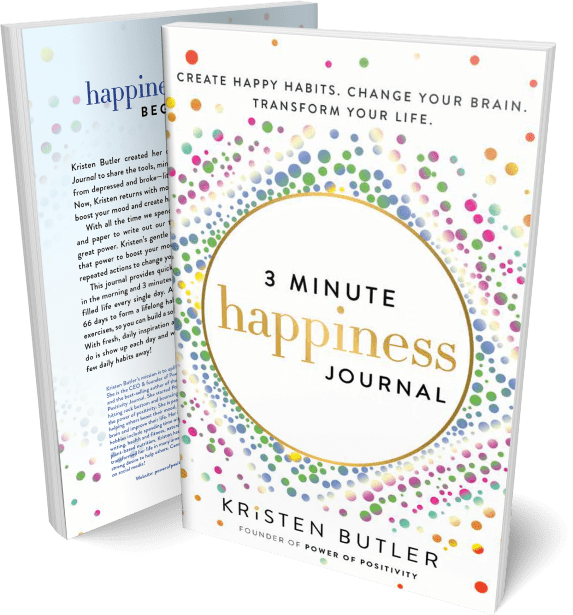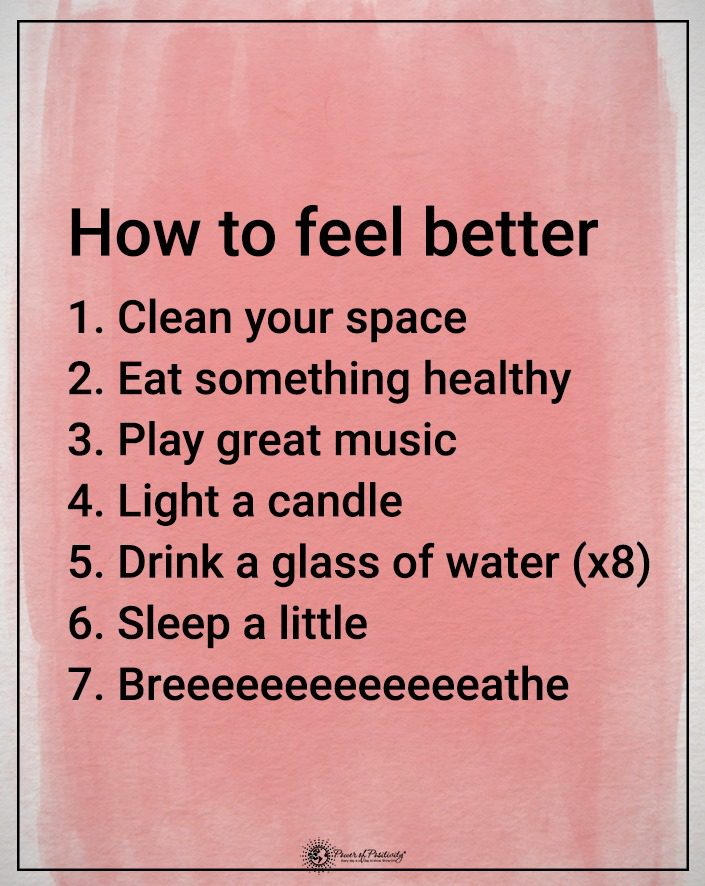Like a flimsy plastic water bottle, positive thinking can sometimes spring a slow leak, gradually draining away its contents. In time, we feel empty. As we urgently seek to patch up that leak and refill the bottle, addressing the subtle drains on our positivity is crucial. In the vast ocean of life’s challenges, it’s easy for our reservoir of optimism to leak away drop by drop. Therefore, it becomes imperative to identify and mend these leaks. Likewise, we must find ways to replenish our positivity continually. So master these positive thinking techniques and strategies to help you safeguard your reservoir of optimism. This arsenal will ensure that your life remains robust and abundant. You will feel ready to quench your thirst for a fulfilling life.
This article will explore the signs when someone uses positive thinking techniques. But it will also show you how to plug those leaks and replenish and overflow with boundless positivity if you do not. Dive in, and let’s ensure your bottle of optimism remains ever-brimming.
5 Signs of a Person Who Uses Positive Thinking in Life
Positive thinking has observable effects on an individual’s behavior, language, and attitude. Here are five signs that someone might be adept at employing these techniques:
- Optimistic Language and Outlook: They consistently use optimistic language and tend to see the glass as half-full. For instance, instead of saying “This is impossible,” someone with positivity might say, “This is challenging, but I believe we can find a way.”
- Solution-Focused Approach: When faced with problems, they don’t dwell excessively on the issue or indulge in blame games. Instead, they immediately shift focus to finding solutions or learning from the situation. They believe that every problem has a solution, even if it might take time to find it.
- Gratitude Practice: They frequently express gratitude for what they have and acknowledge the good in their lives. This could be in the form of a daily gratitude journal, verbal acknowledgment, or simply a habit of mentally counting their blessings.
- Reframing Negative Situations: When confronted with negative situations or setbacks, they have a knack for reframing them in a positive or constructive light. For example, instead of seeing a failed project as a complete disaster, they might view it as a learning experience that provides valuable lessons for the future.
- Control Over Reactions: They understand that while they can’t control every event in their life, they can control their reaction to it. So, even in the face of adversity, a person with positivity can stay calm, composed, and focused on responding constructively.
People who master positivity techniques often exude a certain level of calm and resilience in the face of challenges, as they believe in their ability to overcome obstacles and view challenges as opportunities for growth.
5 Signs Someone Doesn’t Think Positively

Conversely, the absence or lack of positive thinking can manifest in various ways. Here are five signs that someone might not be employing these techniques or may be harboring a more pessimistic mindset:
- Pessimistic Language and Outlook: They consistently use pessimistic language. Their first reactions to ideas or situations might be to point out why something won’t work or focus on potential pitfalls. Phrases like “It won’t work,” “I knew this would happen,” or “Things always go wrong for me” might be expected in their speech.
- Problem-Focused Approach: Instead of looking for solutions when faced with challenges, they might dwell on the problem itself, often enlarging it or indulging in self-pity. They can sometimes become stuck in a cycle of discussing the issue without moving towards a solution.
- Dwelling on Past Mistakes: They frequently bring up past mistakes or setbacks, either their own or others, and use them as evidence for why things won’t work in the present or future. This can hold them back from trying new things or taking risks.
- Perceiving Setbacks as Catastrophes: Instead of viewing setbacks as temporary or isolated incidents, they might see them as indicative of broader patterns of failure or as insurmountable catastrophes. A single adverse event can be blown out of proportion and seen as proof that everything is going wrong.
- Externalizing Control: They might frequently feel they have little to no control over their lives or outcomes, believing instead that external forces or other people dictate their fate. Phrases like “I’m just unlucky,” or “That’s just how life is for me” indicate a sense of helplessness or an external locus of control.
Notably, consistently displaying these signs might not indicate a lack of positivity. Instead, it could also point toward a deeper issue, such as depression or anxiety. In such cases, seeking professional help is beneficial.
5 Science-Proven Positive Thinking Techniques
1. Cognitive Reframing: The Art of Seeing Differently
The foundation of cognitive reframing lies in the understanding that our perceptions of past events shape our emotions, actions, and results. Dwelling on negative thoughts can steer us toward unfavorable behaviors. On the other hand, embracing positive and constructive thoughts can guide us toward beneficial actions. Although we cannot alter the adverse experiences from our history. Moreover, it’s essential to acknowledge their influence. Therefore, adjusting our perspective on these events becomes crucial if they hinder our current potential and productivity.
Cognitive reframing is not about naively painting a rosy picture of every situation. It’s a deliberate method to challenge our inherent negative biases and reconstruct them into more empowering narratives.
Here is how you can give cognitive reframing a try the next time you need a positivity boost:
- Identify the Negative Thought: Our minds can quickly adopt a pessimistic stance. When you catch yourself spiraling into negativity, take a moment to acknowledge that thought.
- Question the Thought: Analyze the root of your thought. Is it stemming from a fact or merely an assumption? Remember, our past experiences, fears, and insecurities often distort our perception.
- Seek Alternative Views: Learn to view every situation from multiple angles. Engage in conversations, read diverse opinions, or play devil’s advocate with yourself to explore other perspectives.
- Embrace the New Perspective: As you practice reframing, you’ll notice a shift in your default thinking patterns. Over time, adopting a positive lens will become second nature.
2. Gratitude Journaling: More Than Just Saying Thanks
Gratitude journaling is not just a list-making exercise. It’s a profound practice that helps us focus on the abundance in our lives, overshadowing our deficiencies.
How to try writing in a gratitude journal to help you appreciate all the blessings you enjoy:
- Choose Your Medium: Whether you’re old-school with a pen and paper or tech-savvy using digital apps, choose a medium that feels comfortable and accessible. I suggest the 3-Minute Positivity Journal, my best-selling journal.
- Dive Deeper as You Write: Instead of vaguely expressing gratitude for a person, dive into specifics. For instance, instead of “I’m grateful for John,” you might write, “I’m grateful for John’s thoughtful gesture of bringing me coffee this morning.”
- Reflect: Periodically, look back at your past entries. This reservoir of positive moments reminds you of the consistent good in your life, especially on challenging days.
3. Visualization: Positive Thinking with Your Mind’s Eye
Visualization is not wishful thinking. Instead, it is a potent tool used by top performers across fields to mentally simulate their journey to success, preparing them for real-world challenges.
Visualization exercises can be guided or self-directed. Many people find guided most helpful when they start, but they may decide to switch to the convenience of self-guided.
Here’s what you should know about each:
Guided Visualization:
- External Guidance: In guided visualization, an external source, such as a therapist, coach, or even a recorded audio, directs the individual through the visualization process. They provide a narrative or script the individual follows, painting a mental picture based on the guidance received.
- Structured Journey: The guide often takes the individual on a predetermined journey, which might involve imagining a serene forest, a calming beach, or a specific scenario related to personal goals or healing.
- Purpose: Guided visualization is often used in therapeutic settings to help individuals confront specific issues, reduce stress, or achieve particular goals. The guide ensures that the visualization stays on track and serves its intended purpose.
- Ease for Beginners: For those new to visualization, having a guide can be particularly helpful as it provides a clear path to follow, making positivity more accessible.
The University of Houston at Clear Lake says of guided visualization:
“These exercises can help you reduce anxiety, improve self-confidence, or cope more effectively with difficult situations.”
Self-Directed Visualization:
- Internal Guidance: Here, the individual takes charge of their visualization process. They decide what to visualize, how the scenario unfolds, and what emotions or sensations to focus on.
- Personalized Journey: Since there’s no external script to follow, the individual can let their imagination roam freely. They can visualize deeply personal scenarios tailored to their unique experiences and aspirations.
- Purpose: Self-directed visualization is also useful for therapeutic or goal-oriented purposes but is often more exploratory. Individuals can tap into their subconscious, explore different outcomes of a situation, or let their minds wander to see where it takes them.
- Requires Practice: Since there’s no set path, self-directed visualization might require more practice to master. Over time, individuals can become adept at steering their visualizations to serve specific purposes or explore various scenarios.
Here are some tips to try when you are ready to try visualization:
- Engage All Senses: A vivid visualization involves more than sight. Immerse yourself in the experience by feeling the emotions, hearing the associated sounds, and even invoking the scents related to your success.
- Stay Consistent: The potency of visualization grows with regular practice. Dedicate a few minutes daily to visualize, making it a part of your routine.
- Combine with Action: While visualization prepares your mind, real-world actions propel you toward your goals. Use the motivation from your visualization to take tangible steps forward.
4. Affirmations: Become Your Biggest Cheerleader
Studies agree that self-affirmation is a highly effective way of reasserting your self-worth. Furthermore, these positive thinking techniques empower us to become more competent and confident in our work. As a result, we take our positivity, happiness, and success into our own hands.
But affirmations are not just feel-good phrases. They are potent declarations that can alter our neural pathways when we repeat them and take them to heart. In other words, we begin to believe what we tell ourselves and grow the courage to implement change.
Here are some tips to help you write and utilize positive affirmations to replenish your positive thinking:
- Personalize Your Affirmations: While countless generic affirmations are available, crafting affirmational statements that resonate with your aspirations and challenges will be more impactful.
- Visual Cues: Reinforce your affirmations by placing them in visible spots – your bathroom mirror, computer screen, or even as a bookmark. These constant reminders amplify their influence.
- Embrace the Journey: Affirmations are a journey, not a destination. There will be days of doubt, but consistency and genuine belief in the words you declare will foster growth and transformation.
5. Mindfulness Meditation: Positive Thinking Beyond the Present Moment
Mindfulness meditation is not merely a relaxation technique. Instead, it’s a practice that teaches us to engage fully with the present, accepting it without judgment. It fosters resilience and inner peace.
The best part is that science backs it up.
In one meta-analysis of over 200 studies on mindfulness in healthy individuals, experts determined that therapies rooted in mindfulness are particularly beneficial in alleviating stress, anxiety, and depression. Furthermore, mindfulness techniques have shown promise in addressing specific issues such as depression, pain, tobacco use, and addictive behaviors.
Here is how you can make mindfulness part of your daily routine:
- Start Small: If you’re new to meditation, begin with short sessions, even for 5 minutes. As you become more accustomed, you can extend your practice.
- Incorporate into Daily Activities: Mindfulness need not always happen on a meditation cushion. Practice it while eating, savoring each bite, or while walking, feeling each step. It’s about your entire presence in whatever you’re doing.
- Seek Guidance: The world of mindfulness is vast. Join online courses, local workshops, or meditation groups to deepen your understanding and get some practice. These resources can provide structured guidance and community support. Not sure where to begin? Try the Power of Positivity guided sleep meditation (on YouTube) at the end of a hectic day. You’ll drift away to sleep for the ultimate refreshing balm.
Final Thoughts on Positive Thinking Techniques to Restore Your Happiness
Happiness may often feel elusive. But it is within reach. Integrating these positive thinking techniques into your daily routine means you’re not just chasing fleeting moments of joy. Instead, you will build a foundation for sustained positivity and well-being. Embrace the journey, cherish the growth, and remember: your mindset is the bottle that holds the water you need to sustain life – and it’s up to you to replenish it and stay well.



















